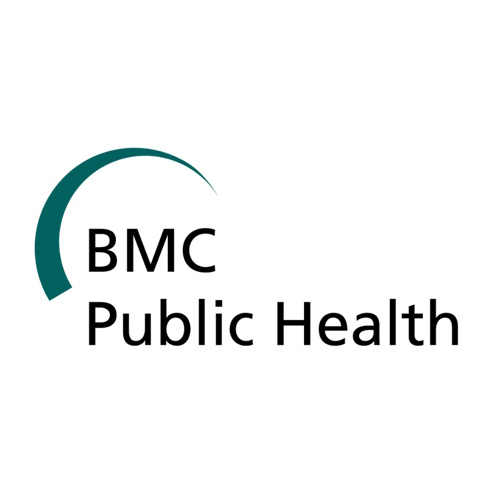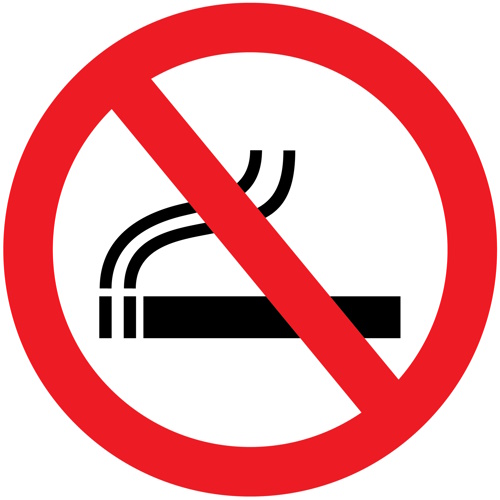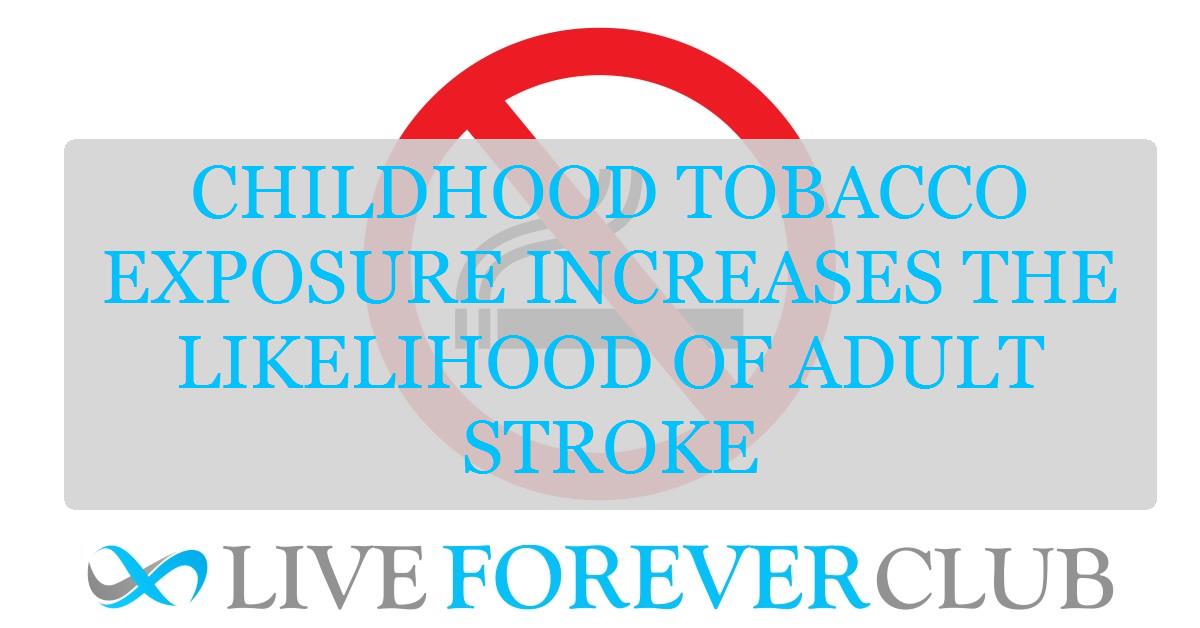Did you know stroke ranks among the top causes of disability worldwide? Despite advances in medicine, stroke-related deaths have risen over the past two decades. A recent study sheds light on a lesser-known risk factor: early-life exposure to tobacco smoke.
Understanding Stroke
A stroke happens when the blood supply to part of the brain is interrupted or reduced. This deprives brain tissue of oxygen and nutrients, leading to the death of brain cells within minutes. Strokes are medical emergencies that require immediate treatment to minimize brain damage and potential complications.
Types of Stroke
There are two primary types of stroke: ischemic and hemorrhagic.
Ischemic Stroke
Cause: Blocked artery
This type of stroke occurs when a blood clot obstructs a blood vessel supplying blood to the brain. It accounts for about 87% of all strokes. The blockage can be due to a thrombus (a clot that forms in one place) or an embolus (a clot that travels from another part of the body).
The lack of blood flow deprives the brain of oxygen, leading to the death of brain cells in the affected area.
Hemorrhagic Stroke
Cause: Ruptured blood vessel
Hemorrhagic strokes occur when a blood vessel in the brain bursts, leading to bleeding within or around the brain. The bleeding increases pressure on the brain tissue, causing damage and loss of function. Common causes include high blood pressure and aneurysms (weakened blood vessels that can burst).
The sudden increase in pressure and disruption of normal blood flow can cause extensive brain damage.
Both types of stroke result in brain damage, which can lead to various physical and cognitive impairments. The severity and type of disability depend on the stroke's location and the amount of brain tissue affected.
Role of Tobacco in Health
Tobacco smoke contains numerous harmful compounds, such as nicotine, tar, carbon monoxide, and various carcinogens. These substances can damage the lungs, cardiovascular system, and other organs. Smoking is a well-established risk factor for many diseases, including lung cancer, heart disease, and stroke. The harmful effects of smoking have been extensively studied in adults, leading to strong evidence linking smoking to these serious health conditions.
In adults, smoking can cause a range of health issues:
Lung Cancer: Smoking is the leading cause of lung cancer. Carcinogens in tobacco smoke damage the DNA in lung cells, leading to uncontrolled cell growth and tumor formation.
Heart Disease: Smoking increases the risk of heart disease by damaging blood vessels, reducing oxygen in the blood, raising blood pressure, and increasing the likelihood of blood clots. These factors contribute to conditions such as coronary artery disease and heart attacks.
Stroke: Smoking accelerates atherosclerosis (the buildup of fatty deposits in arteries), increases blood pressure, and reduces oxygen supply to the brain, significantly raising the risk of stroke.
What happens when exposure begins in the womb or during childhood?
Early-life exposure
Early-life exposure to tobacco includes maternal smoking during pregnancy and smoking initiation during childhood or adolescence. These exposures can disrupt critical developmental processes, leading to long-term health issues. For example, maternal smoking can affect fetal growth and organ development, while childhood smoking can interfere with normal maturation.
The exact impact of these early exposures on stroke risk was unclear until now. Recent research has provided evidence that early-life tobacco exposure significantly increases the risk of stroke later in life, highlighting the importance of addressing tobacco use during these sensitive developmental periods.
Hidden dangers of tobacco and smoke
Researchers utilized data from the UK Biobank, a substantial epidemiological study, to investigate the link between early-life tobacco exposure and stroke risk. The study included over 300,000 participants, making it one of the largest studies of its kind.
The researchers examined two primary factors: maternal smoking during pregnancy and the age at which individuals began smoking. This comprehensive approach provided a detailed analysis of how early exposure to tobacco affects long-term health outcomes.
Biological aging refers to the progressive decline in cellular and organ function over time. Tobacco accelerates biological aging by causing cellular damage, inflammation, and other detrimental effects. The study found that early-life tobacco exposure significantly increases biological aging, which subsequently raises the risk of stroke.
This acceleration in biological aging due to tobacco exposure emphasizes the importance of understanding and mitigating early-life risk factors.
The study's findings are significant. Individuals whose mothers smoked during pregnancy exhibited an 11% higher risk of stroke compared to those whose mothers did not smoke.
Additionally, individuals who started smoking in adulthood, adolescence, and childhood faced increased stroke risks of 22%, 24%, and 38%, respectively. Subgroup analyses further revealed that factors such as gender, age, body mass index (BMI), and hypertension also influenced these risks, underscoring the complex interplay between early-life tobacco exposure and various health factors.
Implications and Preventive Strategies
These results emphasize the critical need for preventive measures. Reducing early-life tobacco exposure can play a significant role in lowering the risk of stroke. To achieve this, collaboration among parents, educators, and policymakers is essential.
Parents must be aware of the dangers of tobacco exposure during pregnancy and the early years of a child's life. Educators should incorporate information about the risks of early tobacco exposure into health education programs in schools, ensuring that children and adolescents understand the potential long-term consequences.
Policymakers have a crucial role in implementing stricter regulations on tobacco use. This includes policies that restrict smoking in public places, particularly those frequented by pregnant women and children, such as parks, playgrounds, and schools.
Additionally, increasing taxes on tobacco products, mandating graphic health warnings on packaging, and enforcing laws against selling tobacco to minors can help reduce the prevalence of smoking and protect vulnerable populations from exposure.
Public health campaigns should focus on raising awareness about the specific risks associated with early-life tobacco exposure and promoting smoke-free environments. By combining education, regulation, and community support, it is possible to create a healthier environment that minimizes tobacco exposure and its associated health risks, ultimately reducing the incidence of stroke and other related diseases.
The study, carried out by Fujian Medical University, is published in the journal BMC Public Health.






